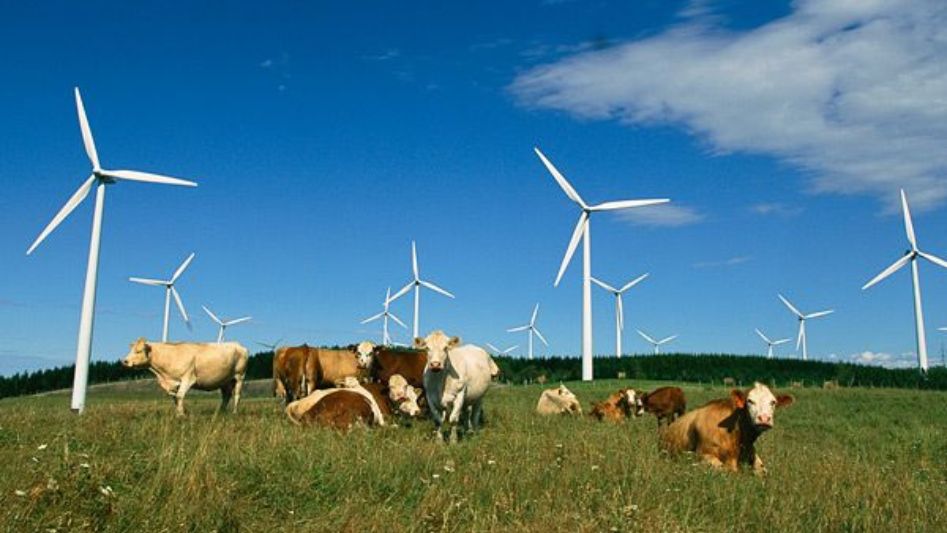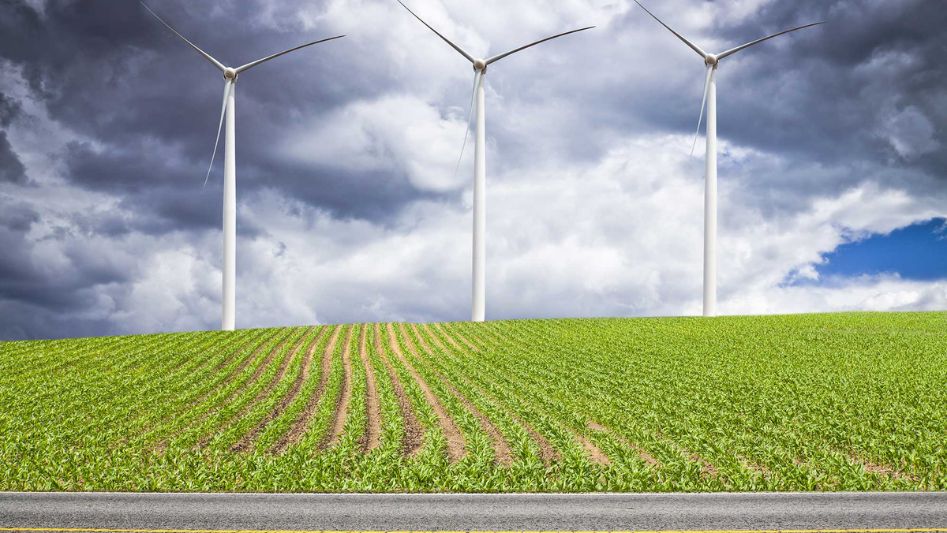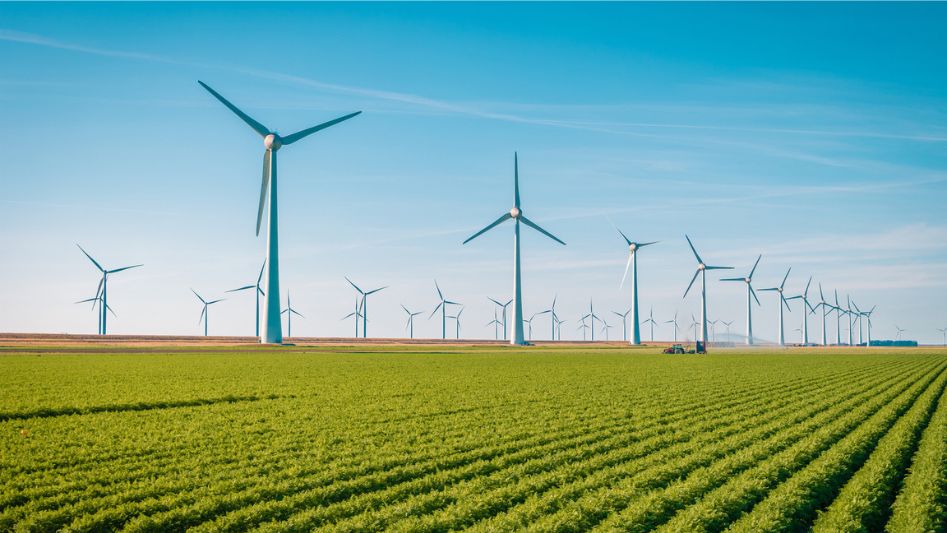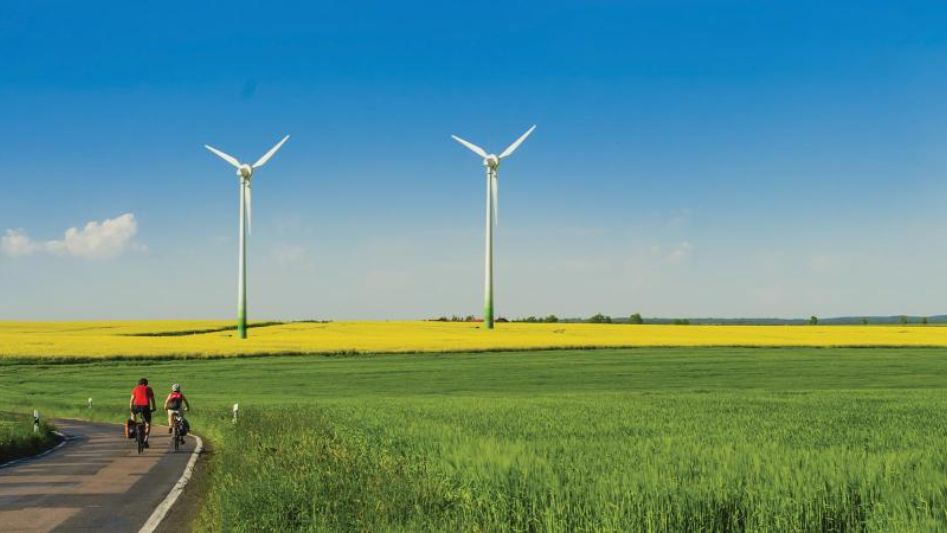An international agency that once brushed off the potential of wind energy has become one of its biggest supporters and believes that wind farms could power the world.
Table Of Content
A worldwide organization that once dismissed the possibilities of wind energy has turned around and become one of its most vocal champions.

According to a special analysis on wind power that was published by the International Energy Agency (IEA), with ongoing advancements in technology and assistance from governments, offshore wind farms may produce more than 420,000 terawatt-hours per year worldwide. This is equivalent to more than 18 times the amount of energy that is now used globally.
The Offshore Wind Outlook 2019 is a paper that spans 98 pages and examines recent technology developments, market dynamics, and a geographical analysis of areas where wind generation has the potential to be effective. This is an excerpt from the organization’s annual report on the state of the world’s energy markets, which will be made public on November 13. Since its founding in 1974 to coordinate a response to interruptions in the supply of oil, the International Energy Agency (IEA) has grown to investigate all aspects of energy concerns.
According to Dr. Fatih Birol, executive director of the International Energy Agency (IEA), who was quoted in a news release, “offshore wind now supplies barely 0.3% of worldwide power output, but its potential is immense.” “An increasing portion of that potential is coming within reach; yet, there is still a great deal of work that needs to be done by governments and businesses before it can become a cornerstone of clean energy transitions.”
It is also an opportunity from an economic standpoint, since the wind industry is on course to become a corporation worth $1 trillion, which may explain, at least in part, why the agency has had such a drastic change of heart. According to what David Vetter writes in Forbes:
“…for many years, the International Energy Agency (IEA) was not convinced that renewable energy sources, such as wind, had the ability to supply sufficient energy to meet the demands of the globe. In the report that the agency produced for the year 2000, renewables were classified as nothing more than an “also-ran” category.
Science is changing attitudes toward wind power
This lends credence to past studies that investigated the total quantity of wind power that can be harvested across the world’s seas. The findings of the research that was presented at the meeting of the National Academy of Sciences indicate that there is sufficient energy present across the seas to “possibly generate electricity on a scale suitable for civilization.”
In order to harness such power, we would need to cover large swaths of ocean with turbines, which would be a great achievement in engineering but would also have significant effects on the surrounding ecosystem. The findings of this research suggest that floating wind farms offer a huge amount of unrealized potential, notwithstanding the fact that it is very unlikely that human civilization could be powered by wind power alone.
According to Ken Caldeira of the Carnegie Institution for Science in Stanford, California, who was also a researcher on the study, “I would look at this as kind of a green light for that industry from a geophysical point of view.” Caldeira’s comments were made in reference to the findings of the study.

Wind speeds over the ocean may be up to 70 percent greater than those over land, which is one of the primary reasons why offshore wind generation has so much more potential than land-based wind farms. Researchers discovered that wind over the ocean circulates from higher altitudes, which may be a contributing factor to this phenomenon. Another factor may be that friction created by natural and artificial constructions on land slows down the wind.
Over land, Caldeira said, “the turbines are simply kind of scraping the kinetic energy out of the lowest part of the atmosphere,” while over the ocean, “it’s draining the kinetic energy out of much of the troposphere,” or the lower atmosphere.
According to the findings of the research, the amount of wind power required to satisfy the world’s current demand for electricity, which is equal to 18 terawatts, would require an installation covering 3 million square kilometers over the ocean. That’s a lot of turbines; they’d have to cover an area about the same size as Greenland for that to work. Still, it’s feasible.
Conclusion
It’s true that wind farms may have negative effects on the environment. The most well-known one is the detriment to wildlife, particularly birds and bats. Studies are helping to guide siting decisions for wind farms and management strategies that limit the damage that wind farms do to wildlife. As a result, conservation organizations like Audubon increasingly support well-planned wind farms.
FAQ
Are wind turbines capable of powering the whole world?
Researchers believe that wind farms have the capability of producing up to forty times the amount of power that is used globally; yet, these projects now provide just approximately 4 percent of the electricity that is used globally.

How many wind turbines would be required to generate enough electricity to run the whole world?
Because bigger turbines are capable of generating more power, we may need a lower total number of wind turbines. This will depend on the size of the turbines. If we only used very efficient turbines, like ones that can produce 4 MW of power at 40% capacity, it would take about 1.49 million turbines to meet the world’s energy needs.
Which nation derives 20% of its electrical output from wind farms?
Wind power contributes to the generation of at least 20 percent of the energy in both Portugal and Spain. Wind farms in Portugal provide an amount of electricity that is only second to that produced by hydroelectric plants. The amount of energy generated by wind is now 7 percent more than that generated by coal-fired power plants, and it is almost twice the amount of electricity produced by natural gas power plants.
You May Also Like
- The Future of Wind Turbines? No Blades
- Wind-Powered Cargo Ships: How Do They Work?
- How Large Is This Hybrid Solar & Wind Energy Facility In Europe?
- What Is A Vertical Axis Wind Turbine (VAWT)?
- What Are Wind Turbine Blades Made Of? Could They Be Recycled?

